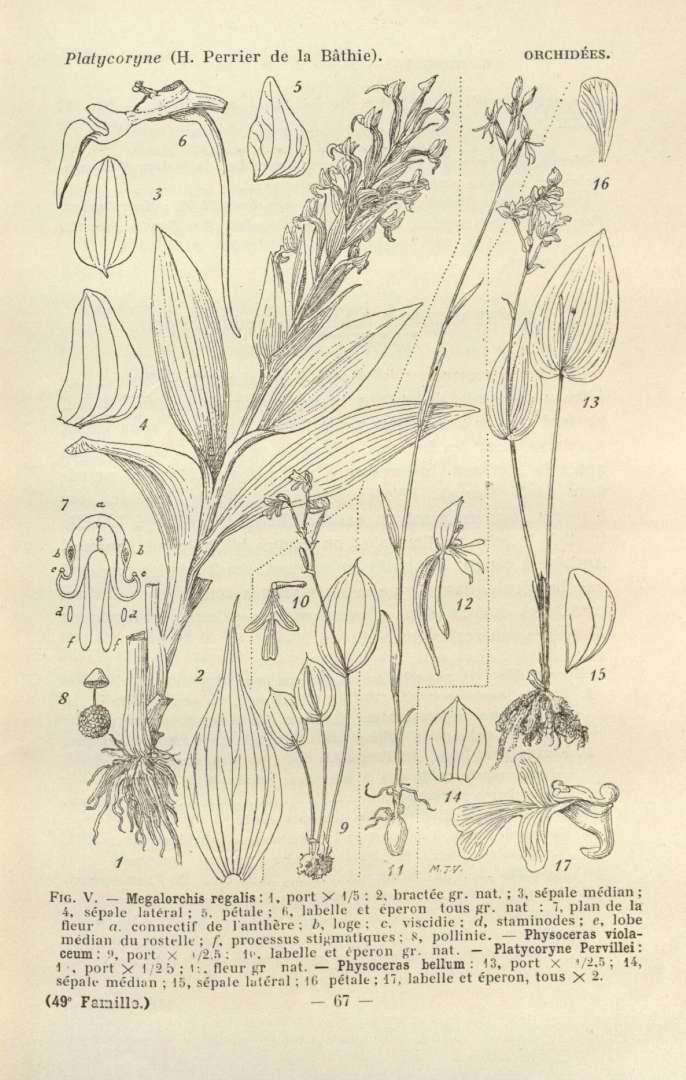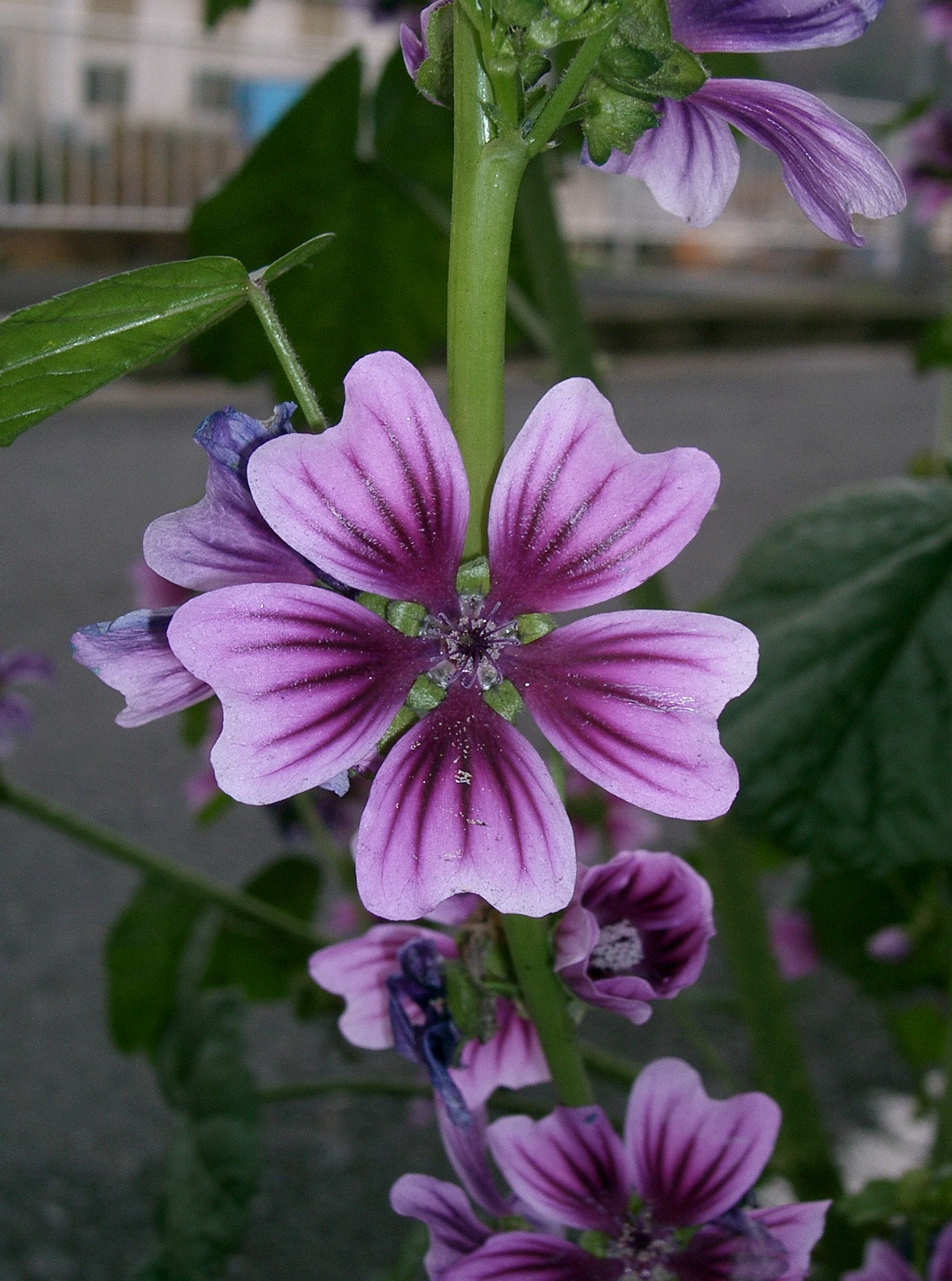|
Jumelleanthus
''Jumelleanthus'' is a monotypic genus of flowering plants belonging to the family Malvaceae. It only contains one species, ''Jumelleanthus perrieri'' Hochr. It is native to Madagascar. The genus name of ''Jumelleanthus'' is in honour of Henri Lucien Jumelle (1866–1935), a French botanist and professor of botany at the Faculté des Sciences in Marseille. The Latin specific epithet of ''perrieri'' refers to botanist and plant collector in Madagascar, Joseph Marie Henry Alfred Perrier de la Bâthie. It was first described and published by Bénédict Pierre Georges Hochreutiner Bénédict Pierre Georges Hochreutiner (1873-1959) was a Swiss botanist and plant taxonomist.Nationaal Herbarium NederlandBiographical page retrieved 2009-03-30 A native of St. Gallen, Saint-Gall, he studied theology and natural sciences in Genev ... in Candollea Vol.2 on page 81 in 1924. References {{Taxonbar, from1=Q9016638, from2=Q17580183 Malvoideae Malvaceae genera Plants described in 1924 ... [...More Info...] [...Related Items...] OR: [Wikipedia] [Google] [Baidu] |
Joseph Marie Henry Alfred Perrier De La Bâthie
Joseph Marie Henry Alfred Perrier de la Bâthie (11 August 1873 – 2 October 1958) was a French botany, botanist who specialized in the plants of Madagascar. He is the nephew of Eugène Pierre Perrier de la Bâthie, (1825-1916), another botanist, who also collected plants with him. He delineated the two chief floristic provinces of Madagascar (''see'' Ecoregions of Madagascar). Some of his works include ''La végétation malgache'' (1921), ''Biogéographie de plantes de Madagascar'' (1936), and numerous volumes of the series ''Flore de Madagascar et des Comores'' (1946-1952). Honours The orchid genus ''Neobathiea'' (originally ''Bathiea'') was named in his honor, as was the indriid lemur Perrier's sifaka (''Propithecus perrieri''). He has other plant genera named in his honour. Such as in 1905, botanist Lucien Désiré Joseph Courchet published ''Perriera'', a genus of flowering plants from Madagascar, belonging to the family Simaroubaceae. Then in 1915, botanist Hochr. publish ... [...More Info...] [...Related Items...] OR: [Wikipedia] [Google] [Baidu] |
Henri Lucien Jumelle
Henri Lucien Jumelle (25 November 1866 in Dreux, Eure-et-Loir Department, France – 6 December 1935 in Marseille, Bouches-du-Rhône Department, France) was a French botanist. From 1887 to 1894, he worked as a plant physiologist at the Faculté des Sciences in Paris. Afterwards, he was a professor of botany at the Faculté des Sciences in Marseille (1894-1935).JSTOR Global Plants Jumelle, Henri Lucien (1866-1935) From 1898 to 1916, he was assistant director, then director of the ''Musée colonial et du Jardin botanique'' in Marseille.Prosopo Sociétés savantes de France He held a deep interest in applied botany, publishing numerous treatises on the agricultural aspects of various plants. [...More Info...] [...Related Items...] OR: [Wikipedia] [Google] [Baidu] |
Malvoideae
Malvoideae is a botanical name at the rank of subfamily, which includes in the minimum the genus ''Malva''. It was first used by Burnett in 1835, but was not much used until recently, where, within the framework of the APG System, which unites the families Malvaceae, Bombacaceae, Sterculiaceae and Tiliaceae of the Cronquist system, the aggregate family Malvaceae is divided into 9 subfamilies, including Malvoideae. The Malvoideae of Kubitzki system, Kubitzki and Bayer includes 4 tribes: * Malveae (''Abutilon, Alcea, Malva, Sidalcea'' etc.) * Gossypieae (''Gossypium'', the cottons etc.) * Hibisceae (''Hibiscus'' etc.) * Kydieae * - and two unplaced genera:- ** ''Jumelleanthus'' ** ''Howittia'' The genus ''Alyogyne'' was once included in the genus ''Hibiscus'' but is not included there anymore. It is not placed in the Hibisceae either and some resources, such as the Germplasm Resources Information Network, GRIN include it in the Gossypieae. The GRIN also excludes ''Thepparatia'' from ... [...More Info...] [...Related Items...] OR: [Wikipedia] [Google] [Baidu] |
Monotypic
In biology, a monotypic taxon is a taxonomic group (taxon) that contains only one immediately subordinate taxon. A monotypic species is one that does not include subspecies or smaller, infraspecific taxa. In the case of genera, the term "unispecific" or "monospecific" is sometimes preferred. In botanical nomenclature, a monotypic genus is a genus in the special case where a genus and a single species are simultaneously described. Theoretical implications Monotypic taxa present several important theoretical challenges in biological classification. One key issue is known as "Gregg's Paradox": if a single species is the only member of multiple hierarchical levels (for example, being the only species in its genus, which is the only genus in its family), then each level needs a distinct definition to maintain logical structure. Otherwise, the different taxonomic ranks become effectively identical, which creates problems for organizing biological diversity in a hierarchical syste ... [...More Info...] [...Related Items...] OR: [Wikipedia] [Google] [Baidu] |
Flowering Plant
Flowering plants are plants that bear flowers and fruits, and form the clade Angiospermae (). The term angiosperm is derived from the Ancient Greek, Greek words (; 'container, vessel') and (; 'seed'), meaning that the seeds are enclosed within a fruit. The group was formerly called Magnoliophyta. Angiosperms are by far the most diverse group of Embryophyte, land plants with 64 Order (biology), orders, 416 Family (biology), families, approximately 13,000 known Genus, genera and 300,000 known species. They include all forbs (flowering plants without a woody Plant stem, stem), grasses and grass-like plants, a vast majority of broad-leaved trees, shrubs and vines, and most aquatic plants. Angiosperms are distinguished from the other major seed plant clade, the gymnosperms, by having flowers, xylem consisting of vessel elements instead of tracheids, endosperm within their seeds, and fruits that completely envelop the seeds. The ancestors of flowering plants diverged from the commo ... [...More Info...] [...Related Items...] OR: [Wikipedia] [Google] [Baidu] |
Malvaceae
Malvaceae (), or the mallows, is a family of flowering plants estimated to contain 244 genera with 4225 known species. Well-known members of economic importance include Theobroma cacao, cacao, Cola (plant), cola, cotton, okra, Hibiscus sabdariffa, roselle and durian. There are also some genera containing familiar ornamentals, such as ''Alcea'' (hollyhock), ''Malva'' (mallow), and ''Tilia'' (lime or linden tree). The genera with the largest numbers of species include ''Hibiscus'' (434 species), ''Pavonia (plant), Pavonia'' (291 species), ''Sida (plant), Sida'' (275 species), ''Ayenia'' (216 species), ''Dombeya'' (197 species), and ''Sterculia'' (181 species). Taxonomy and nomenclature The circumscription of the Malvaceae is controversial. The traditional Malvaceae ''sensu stricto'' comprise a very homogeneous and cladistically Monophyly, monophyletic group. Another major circumscription, Malvaceae ''sensu lato'', has been more recently defined on the basis that genetics studies ha ... [...More Info...] [...Related Items...] OR: [Wikipedia] [Google] [Baidu] |
Marseille
Marseille (; ; see #Name, below) is a city in southern France, the Prefectures in France, prefecture of the Departments of France, department of Bouches-du-Rhône and of the Provence-Alpes-Côte d'Azur Regions of France, region. Situated in the Provence region, it is located on the coast of the Mediterranean Sea, near the mouth of the Rhône river. Marseille is the List of communes in France with over 20,000 inhabitants, second-most populous city proper in France, after Paris, with 873,076 inhabitants in 2021. Marseille with its suburbs and exurbs create the Aix-Marseille-Provence Metropolis, with a population of 1,911,311 at the 2021 census. Founded by Greek settlers from Phocaea, Marseille is the oldest city in France, as well as one of Europe's List of oldest continuously inhabited cities, oldest continuously inhabited settlements. It was known to the ancient Greeks as ''Massalia'' and to ancient Romans, Romans as ''Massilia''. Marseille has been a trading port since ancient ... [...More Info...] [...Related Items...] OR: [Wikipedia] [Google] [Baidu] |
Binomial Nomenclature
In taxonomy, binomial nomenclature ("two-term naming system"), also called binary nomenclature, is a formal system of naming species of living things by giving each a name composed of two parts, both of which use Latin grammatical forms, although they can be based on words from other languages. Such a name is called a binomial name (often shortened to just "binomial"), a binomen, name, or a scientific name; more informally, it is also called a Latin name. In the International Code of Zoological Nomenclature (ICZN), the system is also called nomenclature, with an "n" before the "al" in "binominal", which is a typographic error, meaning "two-name naming system". The first part of the name – the '' generic name'' – identifies the genus to which the species belongs, whereas the second part – the specific name or specific epithet – distinguishes the species within the genus. For example, modern humans belong to the genus ''Homo'' and within this genus to the species ''Hom ... [...More Info...] [...Related Items...] OR: [Wikipedia] [Google] [Baidu] |
Bénédict Pierre Georges Hochreutiner
Bénédict Pierre Georges Hochreutiner (1873-1959) was a Swiss botanist and plant taxonomist.Nationaal Herbarium NederlandBiographical page retrieved 2009-03-30 A native of St. Gallen, Saint-Gall, he studied theology and natural sciences in Geneva. In 1896 he was an assistant to John Isaac Briquet at the ''Conservatoire et Jardin Botaniques'' at Geneva. In 1901 he made a scientific trip to Algeria, and in 1903–05 was associated with the botanic gardens (herbarium) at Buitenzorg in the Dutch East Indies. In 1906 he was named curator of the ''Conservatoire et Jardin Botaniques'', where in 1931 he was appointed director. In 1919 he became a professor of botany.BHL Taxonomic literature : a selective guide to botanical publications As a taxonomist, he circumscribed many botanical species. The genus ''Hochreutinera'' is named after h ... [...More Info...] [...Related Items...] OR: [Wikipedia] [Google] [Baidu] |
Malvaceae Genera
Malvaceae (), or the mallows, is a family of flowering plants estimated to contain 244 genera with 4225 known species. Well-known members of economic importance include cacao, cola, cotton, okra, roselle and durian. There are also some genera containing familiar ornamentals, such as '' Alcea'' (hollyhock), '' Malva'' (mallow), and ''Tilia'' (lime or linden tree). The genera with the largest numbers of species include ''Hibiscus'' (434 species), '' Pavonia'' (291 species), '' Sida'' (275 species), '' Ayenia'' (216 species), ''Dombeya'' (197 species), and '' Sterculia'' (181 species). Taxonomy and nomenclature The circumscription of the Malvaceae is controversial. The traditional Malvaceae ''sensu stricto'' comprise a very homogeneous and cladistically monophyletic group. Another major circumscription, Malvaceae ''sensu lato'', has been more recently defined on the basis that genetics studies have shown the commonly recognised families Bombacaceae, Tiliaceae, and Sterculiaceae, w ... [...More Info...] [...Related Items...] OR: [Wikipedia] [Google] [Baidu] |
Plants Described In 1924
Plants are the eukaryotes that form the Kingdom (biology), kingdom Plantae; they are predominantly Photosynthesis, photosynthetic. This means that they obtain their energy from sunlight, using chloroplasts derived from endosymbiosis with cyanobacteria to produce sugars from carbon dioxide and water, using the green pigment chlorophyll. Exceptions are parasitic plants that have lost the genes for chlorophyll and photosynthesis, and obtain their energy from other plants or fungi. Most plants are multicellular organism, multicellular, except for some green algae. Historically, as in Aristotle's biology, the plant kingdom encompassed all living things that were not animals, and included algae and fungi. Definitions have narrowed since then; current definitions exclude fungi and some of the algae. By the definition used in this article, plants form the clade Viridiplantae (green plants), which consists of the green algae and the embryophytes or land plants (hornworts, liverworts ... [...More Info...] [...Related Items...] OR: [Wikipedia] [Google] [Baidu] |




